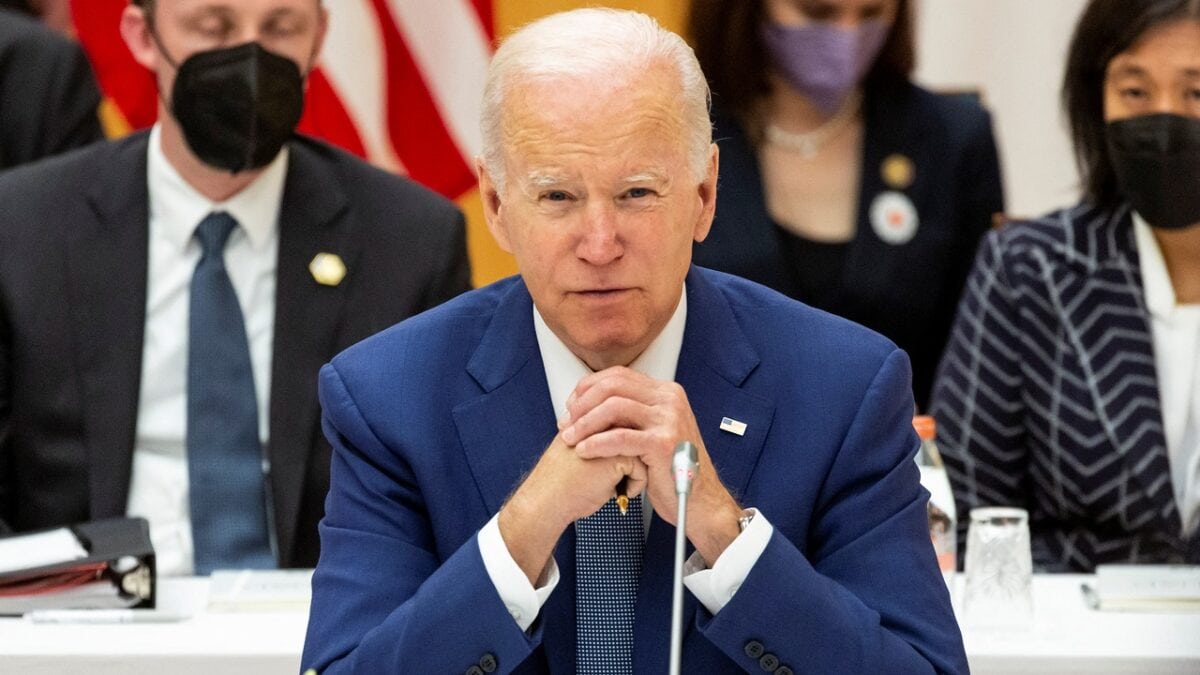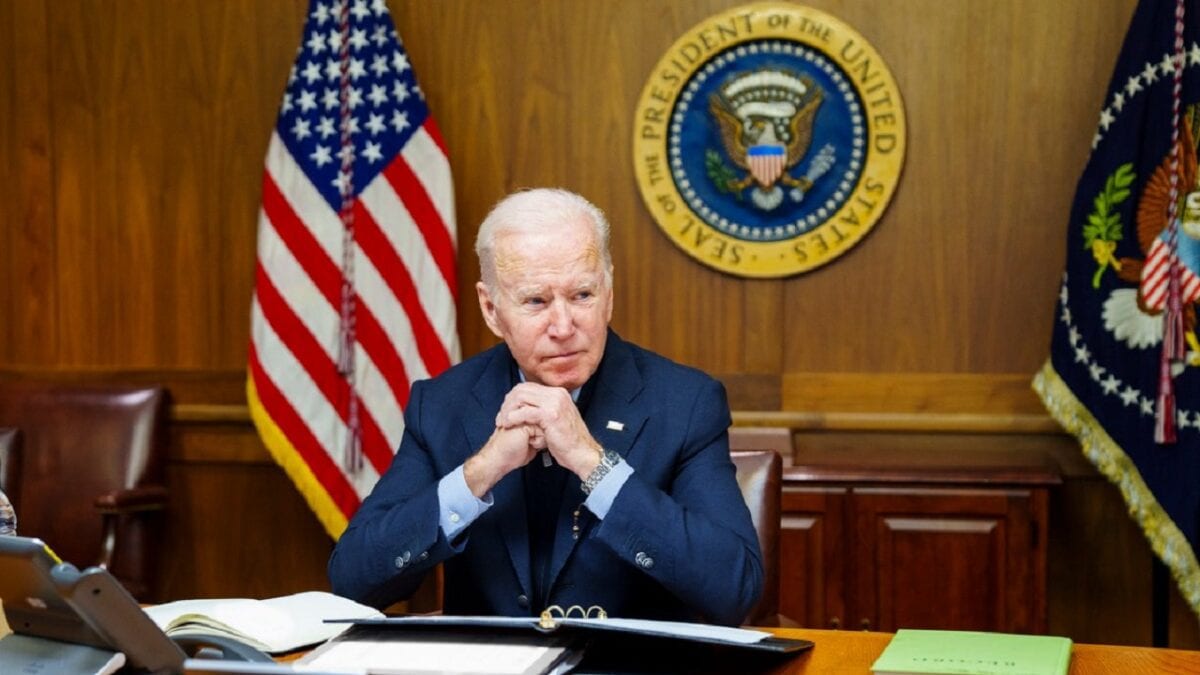Biden’s National Security Strategy is Out: President Joe Biden’s national security team has finally released on October 12 the long-delayed National Security Strategy that will undergird defense policy for the next two years. Biden faces multiple challenges including the Russo-Ukraine War, a rising China and its threat to Taiwan, North Korea, Iran, extremist terror, and the crisis at the southern border. Biden also believes climate change is a national security priority. The strategy document additionally outlines responses to pandemics, global hunger, and domestic terror.
The National Security Strategy, Explained
The White House believes that allies will be indispensable when addressing these threats. And that the United States will continue to be a global leader in trade, economics, and new technology.
Stance Against Russia
Russia and China are featured in the document as Moscow has threatened security by breaking the rules-based international order with imperialist foreign policy. This includes engaging in violent acts against Ukrainian civilians and robbing rights from its own citizens. The strategy accuses Russia of interfering with internal politics in the United States. American foreign policy, according to the document, will continue to support Ukraine, defend NATO territory, deter Moscow from attacking U.S. democracy or critical infrastructure, and help Ukraine degrade Russian military strength.
Work With Allies on China
On China, the United States will strive “1) to invest in the foundations of our strength at home – our competitiveness, our innovation, our resilience, our democracy, 2) to align our efforts with our network of allies and partners, acting with common purpose and in common cause, and 3) compete responsibly with the PRC to defend our interests and build our vision for the future.”
North Korea Not a Big Part of Report
The strategy only mentions North Korea twice in the 48-page document. The Biden administration said it will continue to seek diplomatic solutions and strive for a nuclear-free Korean peninsula.
Iran Response Is More Developed
The document said that the United States will continue to deter Iran by focusing on allies and de-escalating future Middle East conflict with integration of partner countries and maximization of diplomatic efforts in the region. America will also promote human rights and fight gender-based violence in Iran.
Addressing External and Internal Terrorism
The strategy devotes about one page to terrorism abroad and inside the United States. “Where necessary, we will use force to disrupt and degrade terrorist groups that are plotting attacks against the United States, our people, or our diplomatic and military facilities abroad.”
Thwarting domestic terrorism is also a priority for the White House. America will fight disinformation online and promote common-sense gun laws, the document said. Addressing these internal threats will be “data driven,” and agencies will work to share information across government agencies to reduce the likelihood of domestic terror.
Proponents Believe It Is a Clear Strategy
Emma Ashford, a senior fellow at the Stimson Center, told Politico that the administration deserves credit for making its priorities and responses transparent. She said that this is an extremely clear strategy and communicates to allies what the United States stands for and how the rest of the world can join America to further global interests.
Critics Say There Is Too Much Domestic Politics
Conservatives were quick to pounce. Thomas Spoehr, director of Heritage Foundation’s Center for National Defense said in a statement, the policy “is comprised of a litany of the administration’s accomplishments and a recitation of progressive domestic issues…If Americans were looking for a National Security Strategy capable of guiding the nation’s security efforts for the next two years, they will be sorely disappointed by this document.”

U.S. President Joe Biden attends the Quad leaders’ summit, in Tokyo, Japan, May 24, 2022. Yuichi Yamazaki/Pool via REUTERS
What About New Weapons Systems?
Heritage Senior Research Fellow Dakota Wood agreed with Spoehr that the strategy focuses more on domestic political goals and not the future of defense capabilities. “The only portion that deals with change to the U.S. military focuses on promoting diversity and inclusion, eliminating sexual harassment, and rooting out violent extremism—but says nothing on the need for capabilities such as hypersonic weapons or modern nuclear forces.”
Foreign Policy Begins At Home
The Biden administration has thus decided to combine domestic political goals with its national security objectives believing that foreign policy starts at home. This is intellectually appealing for some stakeholders. The problem is that U.S. adversaries do not always care about domestic political pressures. They aim to erode America’s global power and keep it from addressing the major threats of Russia, China, Iran, North Korea, and international terror groups.

US President Joe Biden. Image Credit: Creative Commons.
The other problem is that sometimes these strategy documents are ignored, especially during an election cycle when voters are concerned about inflation and the state of the economy. But foreign policy often rears its head whether it is during the chaotic exit from Afghanistan or the war in Ukraine. So, this policy document comes at a dangerous time for the United States and U.S. adversaries are certainly paying attention to what the Biden administration will do next in the vast range of national security options.
Expert Biography: Serving as 1945’s Defense and National Security Editor, Dr. Brent M. Eastwood is the author of Humans, Machines, and Data: Future Trends in Warfare. He is an Emerging Threats expert and former U.S. Army Infantry officer. You can follow him on Twitter @BMEastwood. He holds a Ph.D. in Political Science and Foreign Policy/ International Relations.

